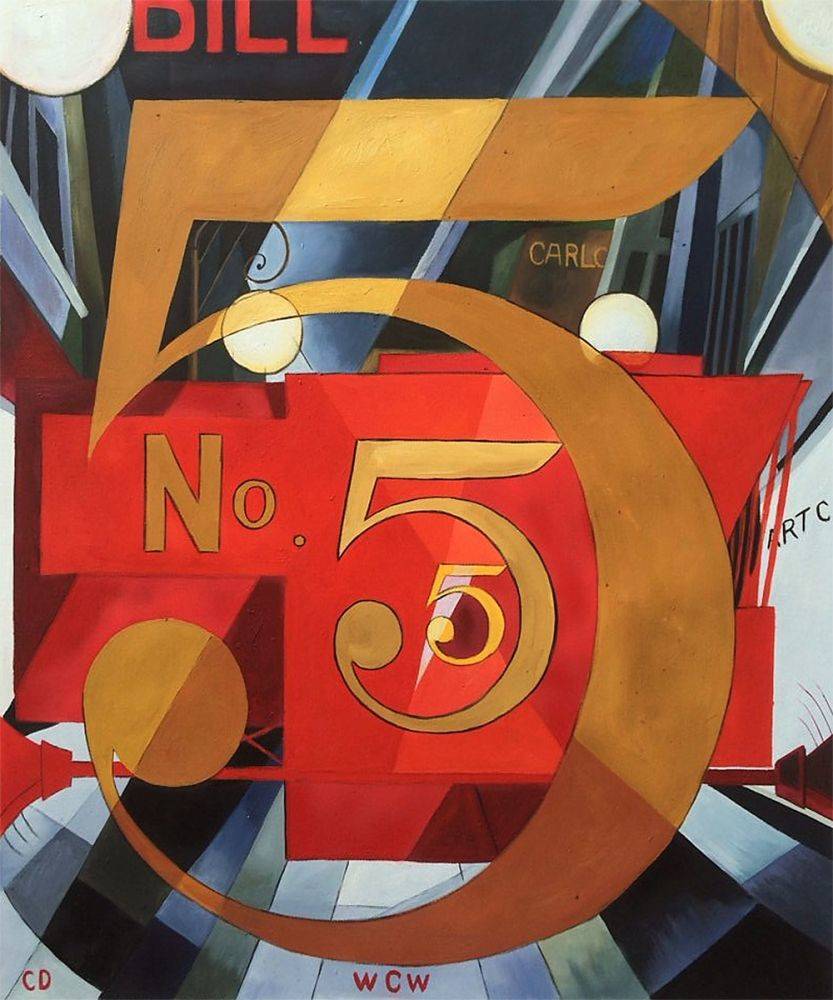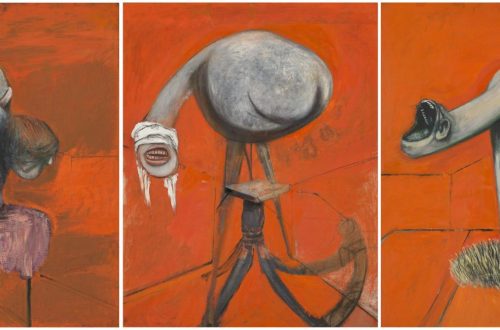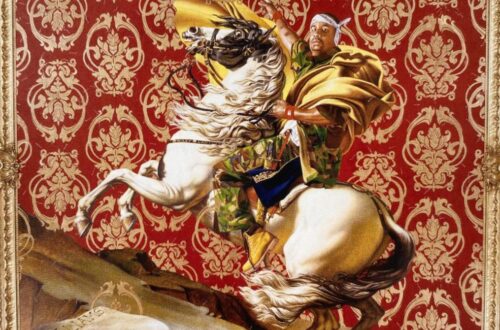Hey there! Let’s take a journey into the world of Charles Demuth and his amazing artwork, I Saw the Figure 5 in Gold. Trust me, it’s a masterpiece that tells a story. We’ll chat about Demuth’s life, his career filled with creativity, and we’ll unravel the cool secrets hidden in this famous painting.
Who was Charles Demuth?
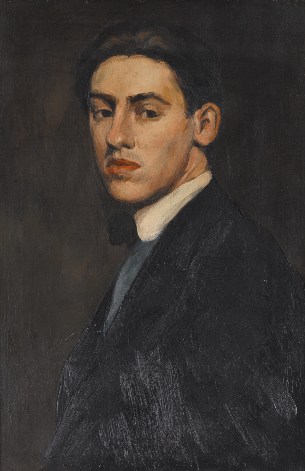
Picture this: it’s 1883, and Charles Demuth pops into the world in Pennsylvania. He’s a bit like an art superhero – going to art school (the Pennsylvania Academy of the Fine Arts) and even taking a trip to Europe to soak in some art vibes. When he comes back, he dives into a style called precisionism. What’s that, you ask? Well, it’s all about sharp lines and cool shapes, especially when it comes to showing off the modern world.
His Career
Demuth didn’t just stick to one style – oh no! He played around with different ways of making art. But, he’s most famous for his precisionist stuff. Imagine paintings that make you feel like you’re in a bustling city or staring at giant machines. That’s Demuth’s style – making art that captures the world as it really is, but with a touch of magic.
What’s Happening in I Saw the Figure 5 in Gold?
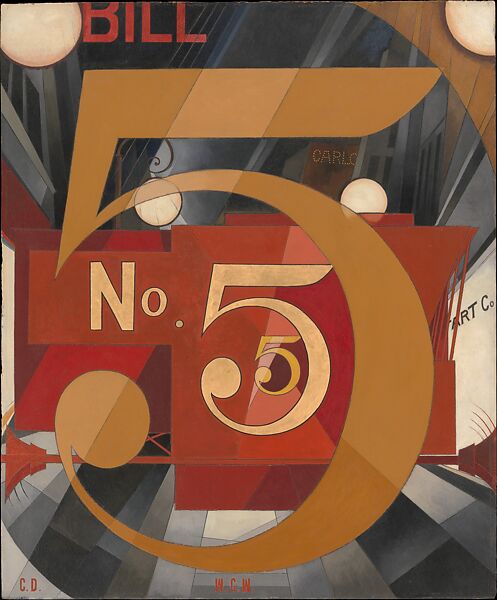
| Artist | Charles Demuth |
| Date Created | 1928 |
| Medium | Watercolor and graphite on paper |
| Genre | Precisionism |
| Period | Modernist |
| Dimensions | 35.2 x 27.2 cm (13 7/8 x 10 11/16 in) |
| Series/Versions | Unique piece |
| Where is it housed? | The Metropolitan Museum of Art, New York City |
Fast forward to 1928, and Demuth drops this bomb of a painting. I Saw the Figure 5 in Gold is like a shout-out to his buddy, William Carlos Williams. Williams wrote a poem called The Great Figure, and Demuth was so inspired that he turned it into art. The painting is like a snapshot of New York City – all energy, movement, and bright lights.
Now, the star of the painting is the number “5,” and it’s in bold gold. It’s like the superhero of the whole painting, standing out against a crazy background of shapes and colors. Think of it as Demuth’s way of capturing the speedy life of the city, with a little nod to the fire engine in Williams’ poem.
Interesting Facts
High-Five to William Carlos Williams: This painting is like Demuth’s way of saying, “Hey, Williams, your poem rocks!” The “5” in gold is a cool nod to the fire truck in Williams’ poem.
Hidden Surprises: Look closely, and you might spot a wheel from a speedy fire truck and a person on the run. Demuth threw in these fun details to keep us all on our toes.
Cubism Vibes: Demuth was into cool art ideas, like Cubism. That’s why the background has these puzzle pieces of shapes – it’s like a mix of art superheroes coming together.
Home at The Met: If you ever find yourself in New York City, pop into The Metropolitan Museum of Art. That’s where this painting hangs out, dazzling everyone with its bright colors and exciting vibes.
Unveiling the Art Adventure
Now, let’s dive even deeper into this art adventure. Picture yourself in 1928, strolling through the streets of New York City. The city is alive with the hustle and bustle of daily life. Cars honk, people rush, and there’s an undeniable energy in the air. This is the world that Charles Demuth captures in I Saw the Figure 5 in Gold.
The painting is like a time capsule, freezing a moment of excitement and movement. In the center, the golden “5” grabs your attention – bold, shiny, and impossible to ignore. It’s like the superhero of the painting, symbolizing something important. But, what’s the story behind this number?
The secret lies in the friendship between Demuth and his poet pal, William Carlos Williams. Williams wrote a poem called The Great Figure, and in it, he describes the experience of seeing a fire engine rushing through the streets, leaving a trail of energy and excitement. The number “5” on the fire engine becomes a symbol of the action, the speed, and the vividness of the city.
Demuth takes this idea and turns it into visual magic. The golden “5” becomes the focal point of the painting, surrounded by a whirlwind of shapes and colors. It’s like Demuth is saying, “Look at this incredible city – full of life, movement, and stories waiting to be told.”
Now, let’s take a closer look at the painting. The golden “5” is bold and confident. It’s not just a number; it’s a symbol of the city’s heartbeat. The background is like a dance of shapes and colors, hinting at the speed and energy of urban life. And if you peek even closer, you might catch a glimpse of a wheel, a hint of a fire truck, and the silhouette of a person running. These are Demuth’s playful surprises, adding layers to the story.
The use of watercolor gives the painting a vibrant and dynamic feel. It’s like the colors are having their own party, celebrating the spirit of the city. The precisionist style, with its sharp lines and geometric forms, adds a touch of modern coolness. It’s like Demuth is bringing the city into focus, capturing its essence with clarity and style.
Now, imagine standing in front of this painting at The Metropolitan Museum of Art. The colors pop, the golden “5” shines, and you can almost feel the city’s heartbeat. It’s not just a painting; it’s an experience – a journey into the excitement of a moment frozen in time.
Conclusion
I Saw the Figure 5 in Gold is more than just a painting; it’s a celebration of friendship, a tribute to a poet’s words, and a vibrant snapshot of a city in motion. Charles Demuth, with his precisionist brushstrokes and artistic flair, invites us to join him on a visual adventure through the streets of 1920s New York.
So, next time you’re at The Met or exploring the world of art, keep an eye out for this gem. Let the golden “5” be your guide into the lively world of Charles Demuth, where art and the city collide in a dazzling display of creativity. It’s not just a painting; it’s an art adventure waiting to be discovered!







